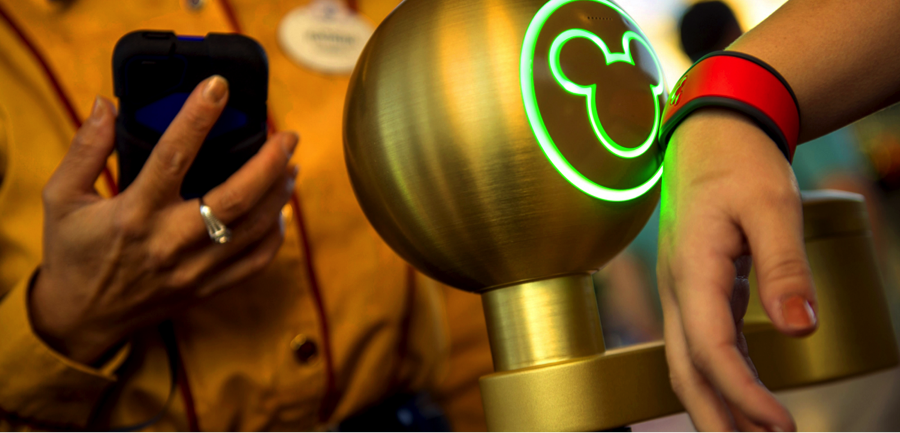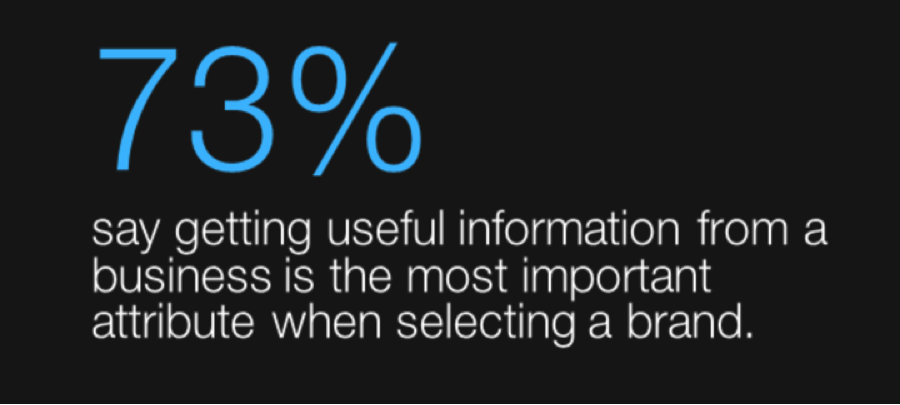
Get your FREE 30-day trial.
Please complete all fields.
As the topics of customer experience and customer journeys gained traction over the last few years, it was interesting to watch the tone of blogs, articles, interviews and presentations mature. What began as forward-thinking theory quickly morphed into do-or-die marketing strategy.
As with all new ideas, adoption lagged somewhat behind the premise. To put it in Geoffrey A. Moore lingo: The chasm between early adopters and the early majority was fairly vast.
Yet few marketers will disagree that delivering exceptional customer experiences and managing customer journeys are critical skills to master. So why is it that only 25% of companies have created journey maps?
That's a question that Brian Solis spends a lot of time pondering (and speaking and writing about). In his role as a principal analyst with Altimeter Group-as well as his gig as an author-Brian is recognized as one of the most prominent leaders in digital innovation. Spend a few minutes with him and I promise you'll walk away excited about all things digital.
In a recent webinar, Brian explained how brands can (make that must) reimagine customer experiences. He provides practical advice and tips on how to map customer journeys through innovation, not iteration. I encourage you to view the full recording-it includes great examples of marketing strategy. In the meantime, let's check out a few highlights.
Customer experience means different things to different people. Brian defines it as 'the sum of all engagements a customer has with a brand during the customer lifecycle.'
While everybody's definition of customer experience is unique, we all know it when we see it.
"Like Disney Magic Bands," says Brian. "They make each visitor's stay more fun and convenient. They can be used to get into the park, pay for food, unlock hotel doors, get onto ridesâ¦they are excellent examples of how to create customer experiences."
While that's wonderful for guests, the real magic occurs with the data Disney gathers from every swipe. Don't think they're not very interested in understanding which characters your daughter favors, what everybody had for lunch, and what was purchased in the gift shop. You have to love big data and marketing analytics. Everybody wins.

No surprise-mobile devices and social channels have forever changed customer journeys. They've transformed how, when, and where customers engage with brands.
Brian points out that people look at their phones 1,500 times per week and average about 177 minutes per day. While that may sound like the behavior of millennial, it describes the activity of your average digital consumer.
"Businesses have a blank canvas to design experiences that are modern and experiential. They recognize that when a customer wants to make a decision, they grab their device and enter into micro-moments-these are intent-driven around five common 'I want' scenarios. I want to learn...I want to buy...I want to know...I want to go...I want to do."
He adds that companies need to be thinking of the customer journey in these terms. The micro-moments are context rich and rooted in immediacy. Unlike the traditional sales funnel, 90% of smartphone users are not absolutely certain of the specific brand they want to buy when they begin looking for information online. Meanwhile, 73% say getting useful information from a business is the most important attribute when selecting a brand.

To realize a true digital transformation, marketers need to evolve into what Brian terms 'Customer Experience Architects'. They must reevaluate their content strategies to support and embrace ever-evolving behavior.
While this can sound overwhelming, the key is to not boil the ocean. Start by defining a few key moments of truth in your customer lifecycle, whether that's onboarding new customers, re-engaging dormant relationships, or communicating with loyal customers.
"There are many opportunities to influence customer experiences," Brian concludes. "It starts with understanding how, when and why customers are engaging with your brand, then finding ways to create new value with every interaction."
To hear more of Brian's tips and tactics, watch Mapping the Customer Journey for Innovation and Iteration.